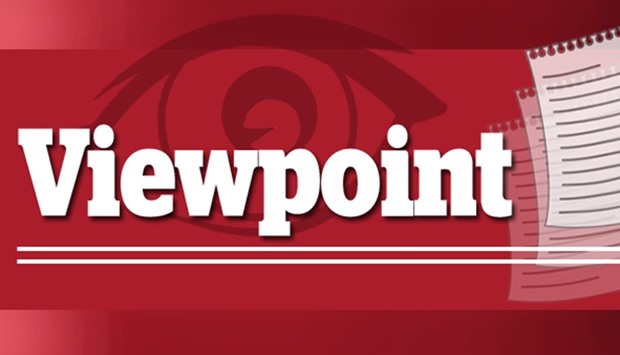The Indian economy has long been suffering through a major slowdown with few signs the prolonged slump has bottomed out.
Data released last week showed growth slowed to 4.5% in the July-September quarter, its weakest pace since 2013, putting pressure on Prime Minister Narendra Modi to speed up reforms as five rate cuts by the central bank have failed to boost investments.
The economy is expanding well below the average 7-8% quarterly pace seen in the past few years. Economists have been steadily downgrading their growth forecasts for the current fiscal year through March 2020, with the median estimate in a Bloomberg survey now at 5.6%, down from 6% in October.
The central bank’s most recent forecast is for growth of 6.1% this fiscal year.
After India’s growth slowed to 5% in the three months to June from a year ago, rating firms and brokerages have lined up to downgrade growth estimates for Asia’s third-largest economy.
The World Bank slashed its growth forecast for India to 6% for the current fiscal from its April projection of 7.5%, citing a broad-based and severe cyclical slowdown. Growth is expected to gradually recover to 6.9% in 2020-21 and to 7.2% the following year, the Washington-based bank said in a recent report.
For India, many indicators — automobile sales, rail freight, petroleum product consumption, domestic air traffic and imports — are signalling weak domestic consumption.
The US-China trade war has been hurting India’s exports as well.
The bigger problem, however, is the slide in domestic consumption, which makes up nearly 60% of India’s GDP. And private sector research suggests India is experiencing jobless growth and failing to create high-quality employment.
The deepening slowdown is raising the pressure on the central bank to extend its monetary easing when it meets tomorrow. The Reserve Bank of India will lower the benchmark rate by 25 basis points to 4.9%, according to the median of 16 economist forecasts compiled by Bloomberg.
But monetary policy space is slowly closing as inflation starts to accelerate. Consumer prices rose 4.62% in October from a year earlier, the first reading above 4% – the RBI’s medium-term target – since July 2018, and the highest since June last year.
For sure, the government has taken a number of measures to bolster the economy. Most of these measures, however, are focused on improving the long-term potential of the economy, rather than providing a short-term boost.
Longer term, India’s close-to-$3bn economy is seen as having one of the highest growth rates in the world of any large emerging market. But here’s the point: For Modi to deliver on his pledge to turn the country into a $5tn economy by 2024, India needs its economy to expand at a 9-10% pace for a sustained period of time.
In a wider sense, developing countries such as India shouldn’t be dependent only on domestic demand. “Young, labour-surplus nations must go out and tap world markets, not limit themselves to whatever can be drummed up at home,” says Mihir Sharma in a Bloomberg column.

